Eastern Europe is becoming more and more popular for tourists to visit, and the Czech Republic is currently one of the most popular Eastern European destinations.
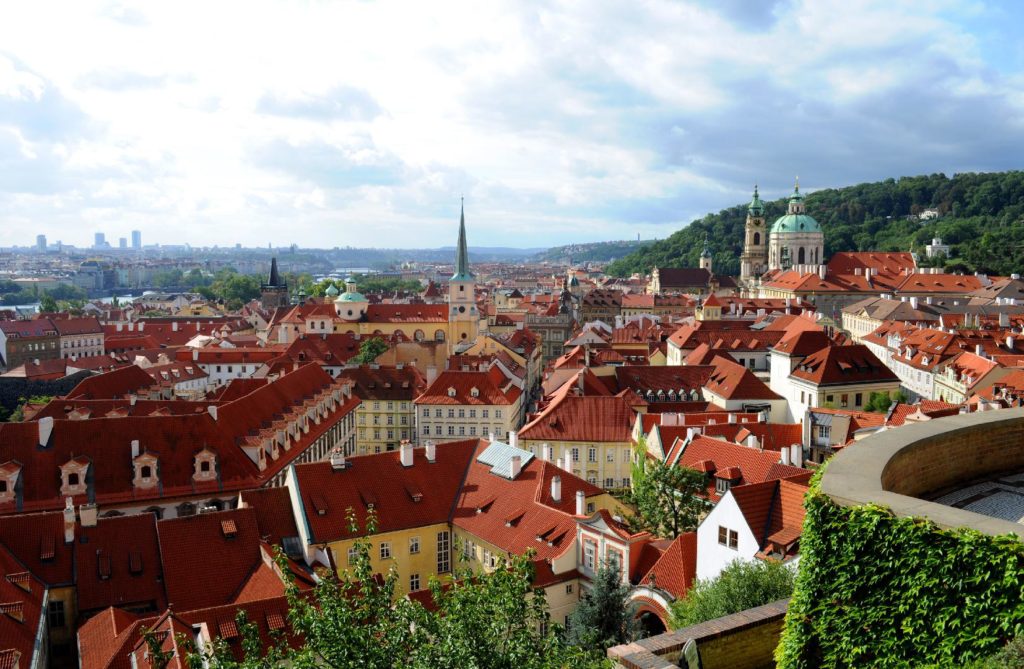
So where should you go when you visit the Czech Republic? Prague is the most obvious Czech destination, with over 90% of visitors only going to Prague.
Prague is the capital and largest city in the Czech Republic, the 14th largest city in the European Union and also the historical capital of Bohemia. Situated in the north-west of the country on the Vltava river, the city is home to about 1.3 million people, while its larger urban zone is estimated to have a population of 2.2 million. The city has a temperate climate, with warm summers and chilly winters.
Prague has been a political, cultural and economic centre of central Europe complete with a rich history. Founded during the Romanesque and flourishing by the Gothic, Renaissance and Baroque eras, Prague was the capital of the kingdom of Bohemia and the main residence of several Holy Roman Emperors, most notably of Charles IV.
Prague Castle
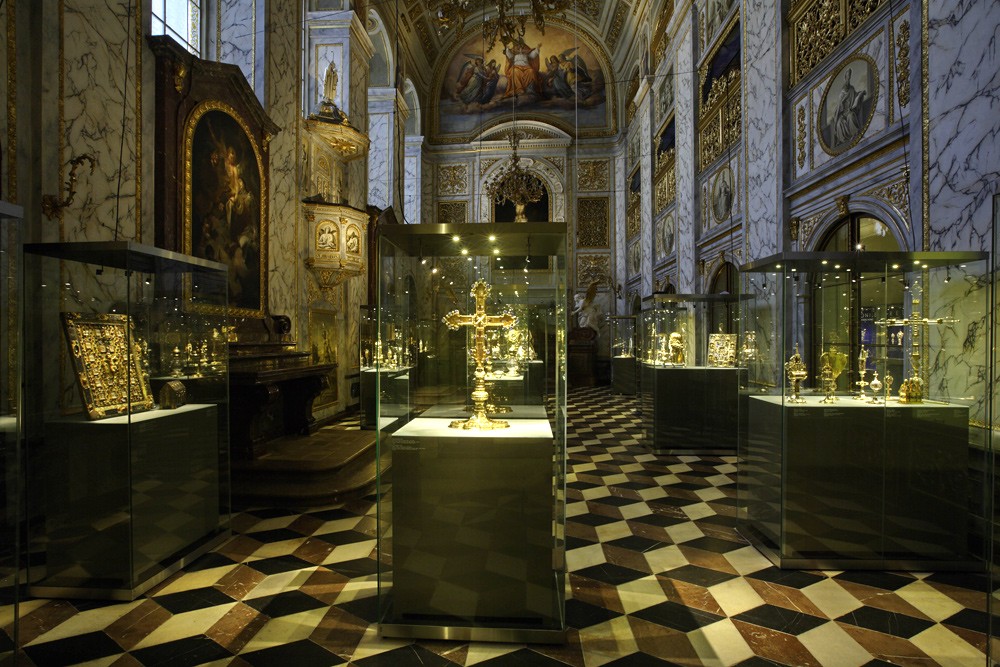
The famous Prague Castle is the next logical place to visit, since all the walking tours end near this popular sight. The castle, which lords over the city, consists of multiple sections: St. Vitus Cathedral, the Old Royal Palace, The Story of Prague Castle, St. George’s Basilica, Golden Lane with Daliborka Tower, the Powder Tower, and Rosenberg Palace. You can buy a ticket to any or all of these sights from the box office. The most famous structure is St. Vitus Cathedral — this is the large building you see when you look up at the castle from outside the city walls.
Rosenberg Palace
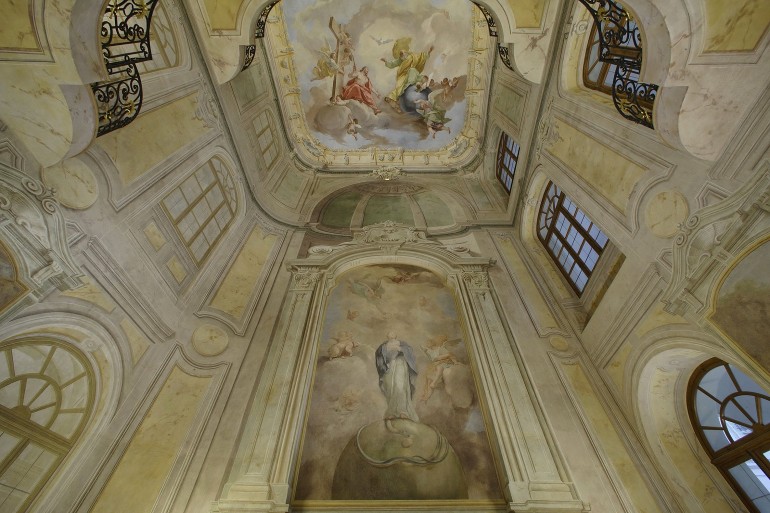
The originally Renaissance palace bulit by the Rosenberg family between 1545 and 1574 became the property of the emperor Rudolf II in 1600. It remained in its original form till the 18th century, when it was radically rebuilt to house the Institute of Noblewomen.
Art All Around
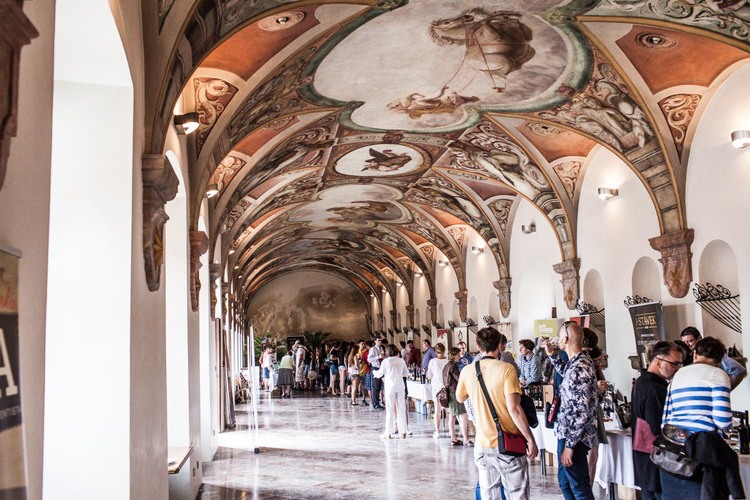
Prague’s art galleries may not have the allure of the Louvre, but Bohemian art offers much to admire, from the glowing Gothic altarpieces in the Convent of St Agnes, to the luscious art nouveau of Alfons Mucha, and the magnificent collection of 20th-century surrealists, cubists and constructivists in the Veletržní Palác. The weird and witty sculpture of David Černý punctuates Prague’s public spaces, and the city itself offers a smorgasbord of stunning architecture, from the soaring verticals of Gothic and the exuberance of baroque to the sensual elegance of art nouveau and the chiselled cheekbones of cubist facades.
Prague Summer
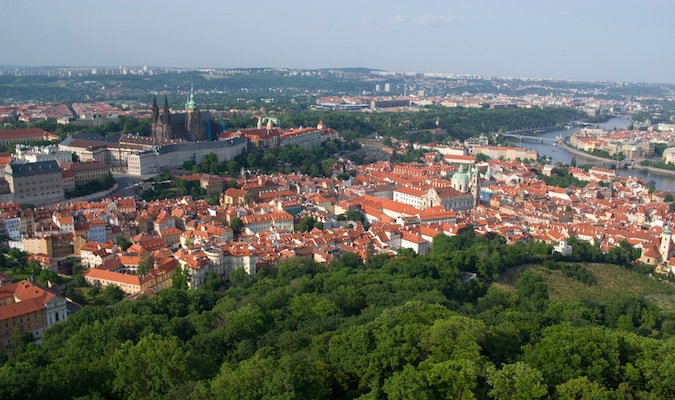
Prague Spring is the Czech Republic’s biggest annual cultural event and one of Europe’s most important festivals of classical music. Concerts are held in theatres, churches and historic buildings across the city. Tickets go on sale from mid-December the preceding year. Buy tickets online or at the festival box office at the Rudolfinum.
The Dancing House
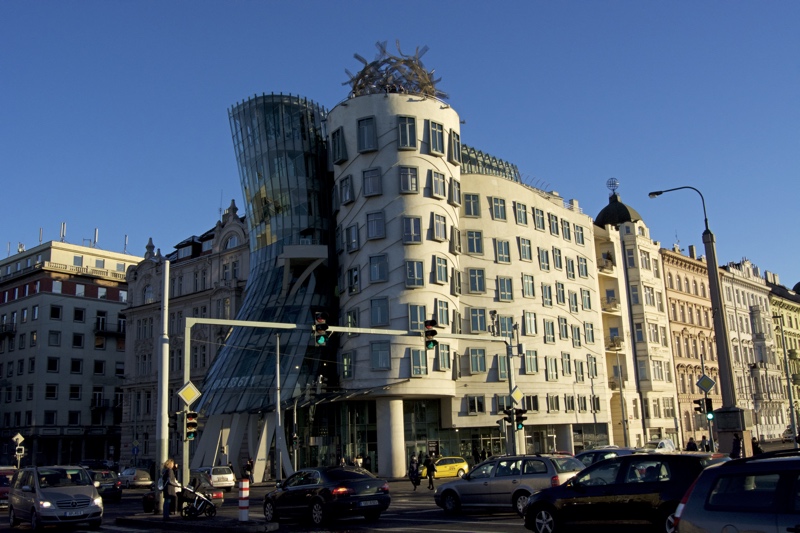
The Dancing House is the nickname given to the modern building in downtown Prague, Czech Republic at Rasinovo nabrezi 80, 120 00 Praha 2. It was designed by Yugoslavian-born Czech architect Vlado Milunić in co-operation with famous Canadian architect Frank Gehry on a vacant riverfront plot, where the previous building had been destroyed during the Bombing of Prague in 1945. The house is located on the corner of the embankment Rasinovo nabrezi and the street Resslova, within walking distance from the underground station Karlovo namesti.
Dancing House was built in 1996. The very non-traditional design was controversial at the time. Czech president Václav Havel, who lived for decades next to the site, had supported it, hoping that the building would become a center of cultural activity.
